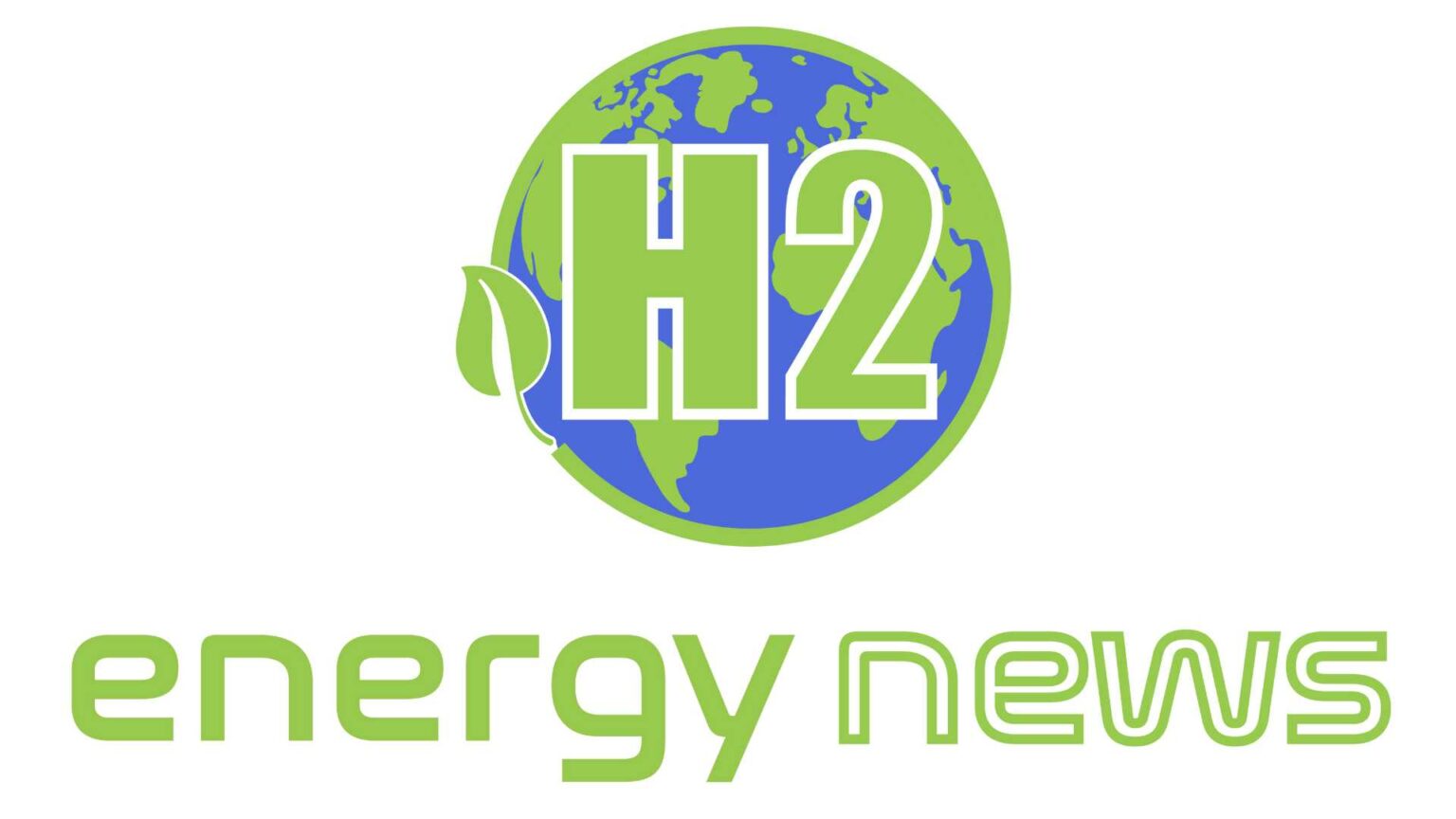In the Midwest, scientists have discovered a promising subsurface area that may contain fuel reserves.
The interaction of hot water with iron-rich rocks produces hydrogen reservoirs. According to USGS researcher Geoffrey Ellis, similar ecosystems could have been produced by an ancient North American rift.
According to the International Energy Agency, natural hydrogen is a climate-friendly substitute for oil because it only emits water when it is utilised, as opposed to the dangerous greenhouse gases that are produced by oil.
North America separated over a billion years ago following a curve that starts in Michigan, goes up into Canada, then descends through Minnesota, Wisconsin, and Iowa before ending in Kansas.
This Mid-Continent Rift, according to a recent model by Ellis, may indicate that there is more hydrogen available in the earth’s crust than previously assumed.
According to Ellis, whose model was presented at a session of the Geological Society of America in October, the rift is a top candidate for further investigation.
Places like Michigan, which produce petroleum, are not expected to contain hydrogen reservoirs, according to Ellis. As part of the natural process that creates petroleum, hydrogen is consumed.
Yet, non-petroleum producers like Wisconsin and Minnesota may, according to Ellis. Further study is required. According to Ellis, engineers can’t just adapt current oil and gas exploration techniques to find hydrogen. Although that is helpful, it will also require a combination of approaches.
The hydrogen needed for production and refining is produced nearby. According to Ellis, this suggests that there is no infrastructure for long-distance hydrogen transportation. Even though there have been some attempts to build that infrastructure, the International Energy Agency claims that this makes transporting hydrogen expensive.
With simple adjustments, natural gas and hydrogen can be carried together through existing natural gas pipes, but only around 20% of the combination can contain hydrogen, according to Ellis.
Considering that it is challenging to get high enough temperatures to smelt steel with electricity, hydrogen might also be used to heat blast furnaces that are used to produce steel.





